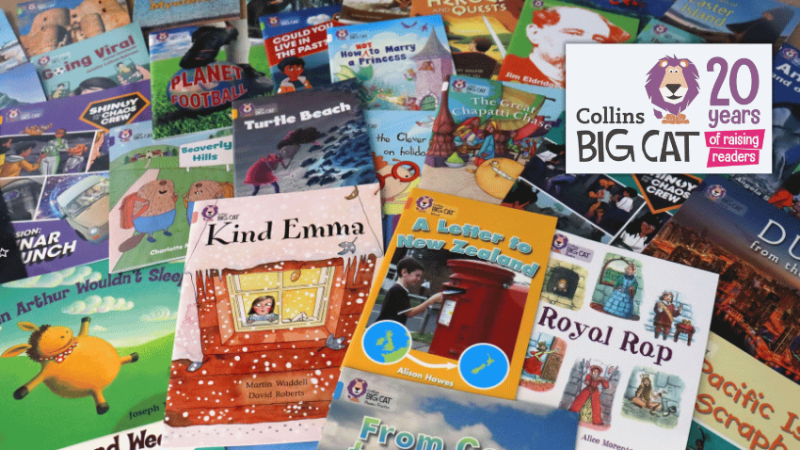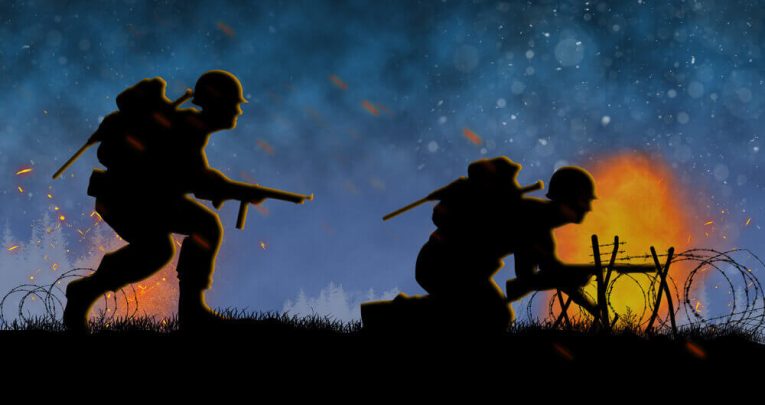Look And Learn – Use Picture Books To Sharpen Your Pupils’ Textual Analysis Skills
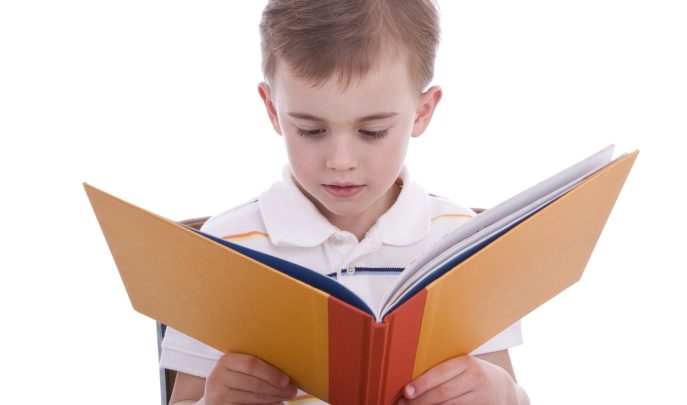
Shareen Mayers explains how picture books can be used to teach children how to find and report information through skimming and scanning…

Retrieving and recording information in books, and identifying key details, takes up a whopping chunk of end of key stage assessments.
At KS1 it’s worth 49% to 80% of the overall marks, and 16% to 50% at KS2. Pupils are essentially expected to answer a variety of questions that require them to find the answers or the meaning of words in the text.
For example, ‘Give two problems with landfill sites’ or ‘Find and copy a group of words that shows that Anousheh wrote her blog for others to read’.
Skimming and scanning
Picture books are ideal for promoting creative and fun ways to develop these skills. Skimming requires pupils to quickly read over a text to get the main idea or general overview, while scanning involves them finding specific words or groups of words. Here’s how it can work:
Step 1
Explore and teach skimming and scanning skills through picture books. Encourage pupils to find their favourite characters under timed conditions. For example, ‘Can you find this character?’ ‘What did you do?’ ‘How did you find her?’
Step 2
Discuss the strategies used – such as looking for specific colours, or skimming over the pictures very quickly to spot particular characters or objects.
Step 3
Apply these skills to an actual reading question through skimming over a text and scanning for key words and groups of words.
The following books can be used as a whole-class starter activity or in guided or group reading to stimulate and engage pupils. Once children have skimmed and scanned for particular characters or objects, they can apply the same skills to actual questions about a text.
1 | The Great Fairy Tale Search by Chuck Whelon
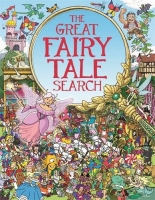
This book is full of pictures from fairytales and traditional stories, and is ideal for EYFS and KS1 because it enables pupils to consolidate their understanding of those tales.
Ask children to search and find key characters and objects within well-known stories such as Cinderella, Jack and the Beanstalk, Little Red Riding Hood and Hansel and Gretel, or find the multiple examples of unique individual characters, which help them to skim across the page.
Once these skills have been explored, they can then develop creative test techniques by ticking, circling or matching characters and objects. For example, ask them to ‘tick three owls’ or ‘match two ducks’.
2 | Find the Frog by Stephan Lomp
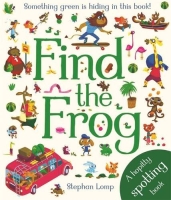
Another ideal text for EYFS or KS1, with a story to follow and plenty of things to spot. In Y1 it can be used for teaching phonics and spelling in context, as there are plenty of phonetically decodable words, such as ‘light’, ‘bright’, ‘park’, ‘boat’ and ‘trip’. You will also find many words that end in ‘ing’ and ‘est’, where the root isn’t changed by adding the suffix.
Trending
For Y2, this book is perfect for teaching apostrophes for contraction, with plenty of examples on every page.
3 | Where’s Wally Now? by Martin Handford
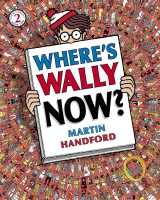
This is perhaps one of the best-known ‘search and find’ books there is – scouring its pages for Wally never gets dull.
Where’s Wally Now? can be used at Key Stages 1 and 2 and can also be linked to grammar, as pupils write noun phrases, adjectives or even prepositions to describe where Wally is within each picture.
4 | Star Wars: Where’s the Wookiee?
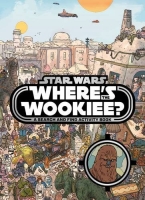
This book is excellent for engaging upper-KS2 pupils in the processes of skimming and scanning. The pictures are amazingly detailed, which adds an extra challenge.
You can also use this text for describing where characters or objects are, using prepositions or the passive voice. Pupils can also describe characters using embedded relative clauses, such as ‘Chewbecca, who has thick brown fur, was hiding behind the tree’.
5 | Where’s the Penguin? by Sophie Shrey and Chuck Whelon
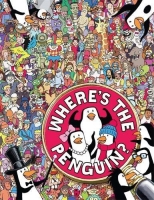
10 little penguins have escaped from the zoo, and pupils can have endless fun trying to find them. For Years 3 and 4, this book can be used for character descriptions, as pupils can describe characters and objects using expanded noun phrases, prepositions, adverbs and conjunctions.
Fronted adverbials can also be used to describe the penguin’s journey – for example, ‘Later that day, the penguin ventured to the giraffe area.’
Shareen Mayers is an experienced primary school teacher and is currently the Lead Primary English Adviser for Sutton Improvement and Support Services. Follow her at @ShareenMayers.






